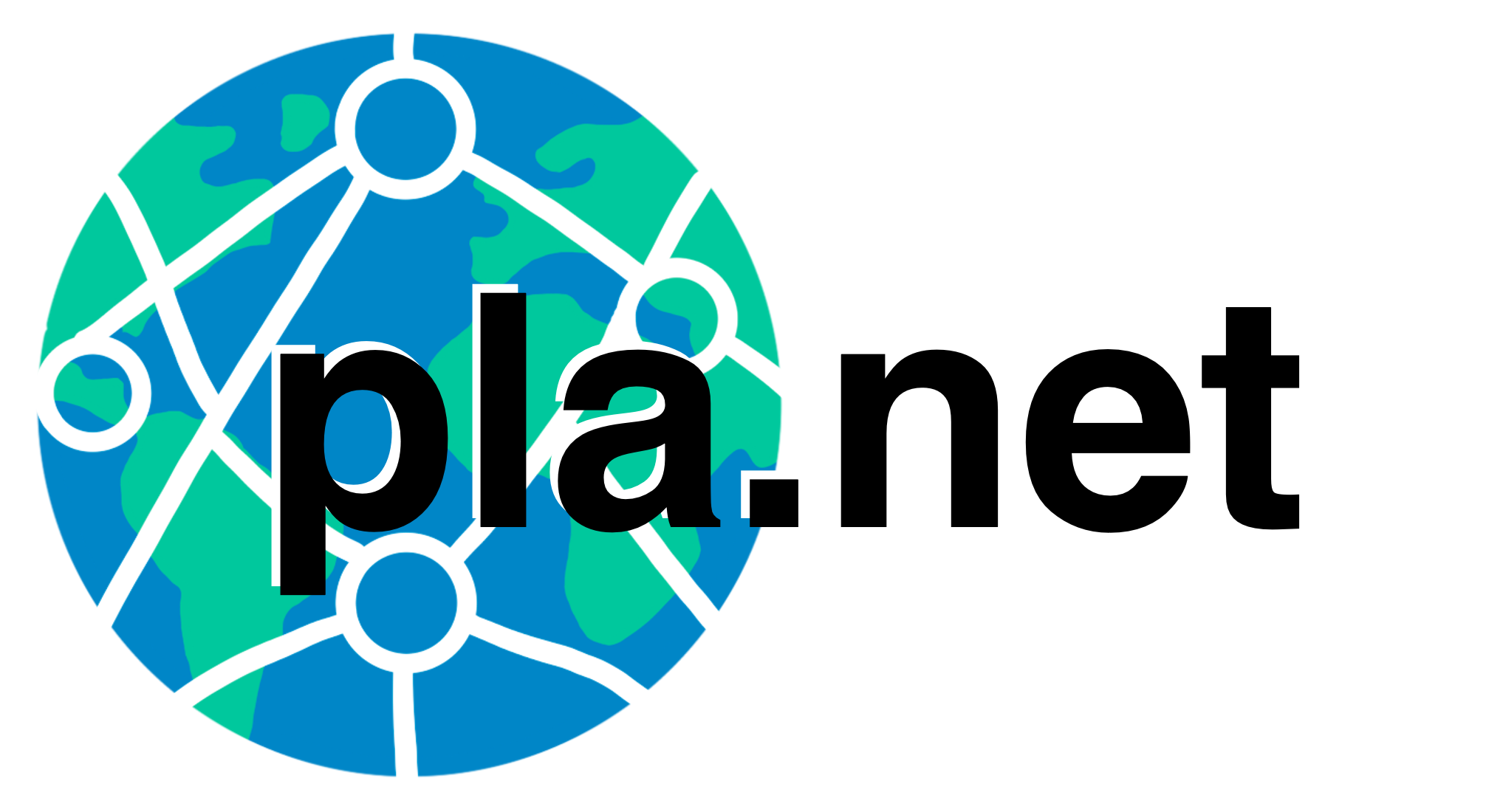| Karaosman, H., Marshall, D., & Ward, I. (2025). For the many not the few: introducing just transition for supply chain management. International Journal of Operations & Production Management |
| Scheiwiller, EMG., Karaosman H., Marshall D (2025)., Vague concepts and issue washing: women’s empowerment in fashion supply chains. International Journal of Procurement Management 20 (4), 462-500 |
| Luzzini, D., Longoni, A., Difrancesco, R. M., & Savaget, P. (2024). Driving systemic change research within the PSM community. Journal of Purchasing and Supply Management, 30(2), 100923. |
| Patrucco AS, Selviaridis K, Ciccullo F., Supply Chain Integration for Collaborative Innovation Projects: Unraveling the Role of Project Complexity and Project Management Methods, Journal of Business Logistics 46 (4), e70031 |
| Karaosman, H., & Marshall, D. (2023). Impact pathways: just transition in fashion operations and supply chain management. International Journal of Operations & Production Management, 43(13), 226-237. |
| Karaosman, H., Marshall, D., & Villena, V. H. (2023). Chrysalis of crisis: Covid-19 as a catalyst for awakening power and justice in a luxury fashion supply chain. International Journal of Operations & Production Management, 43(10), 1634-1666. |
| Xu, J. and Pero, M. (2023). A resource orchestration perspective of organizational big data analytics adoption: evidence from supply chain planning. International Journal of Physical Distribution & Logistics Management, 53 (11), 71-97. |
| Masi, A., Pero, M., & Abdelkafi, N. (2023). Supply chain antecedents of servitization: A study in ETO machinery companies. International Journal of Production Economics, 258, 108808. |
| Amico, C. Cigolini, R., Brambilla, M. (2023). Transitioning the apparel supply chain to circular economy: a quantitative approach. Production Planning & Control. |
| Xu, J., Pero, M., Fabbri, M. (2023). Unfolding the link between big data analytics and supply chain planning. Technological Forecasting and Social Change, 196, 122805. |
| Ziegler, D., & Abdelkafi, N. (2023). Exploring the automotive transition: A technological and business model perspective. Journal of Cleaner Production, 421, 138562. |
| Tedaldi, G., Miragliotta, G. (2023). Early adopters of Manufacturing-as-a-Service (MaaS): state-of-the-art and deployment models. Journal of Manufacturing Technology Management, 34(4), 580–600. |
| Franceschetto, S., Amico, C., Brambilla, M., Cigolini, R. (2023). Improving Supply Chain in the Automotive Industry With the Right Bill of Material Configuration. IEEE Engineering Management Review, 51(1), 214–237. |
| Amico, C., Cigolini, R. (2023). Improving port supply chain through blockchain-based bills of lading: a quantitative approach and a case study. Maritime Economics and Logistics |
| Abdelkafi, N., Pero, M., Masi, A., & Capurso, I. (2022). Revisiting the servitization-sustainability link: a case study in the professional printing supply chain. Cleaner Logistics and Supply Chain, 4, 100061. |
| Cannas, V. G., Masi, A., Pero, M., & Brunø, T. D. (2022). Implementing configurators to enable mass customization in the Engineer-to-Order industry: a multiple case study research. Production planning & control, 33(9-10), 974-994. |
| Cigolini, R., Franceschetto, S., Sianesi, A. (2022). Shop floor control in the VLSI circuit manufacturing: a simulation approach and a case study. International Journal of Production Research, 60(18), 5450–5467. |
| Gastaldi, L., Lessanibahri, S., Tedaldi, G., Miragliotta, G.(2022). Companies’ adoption of Smart Technologies to achieve structural ambidexterity: an analysis with SEM. Technological Forecasting and Social Change, 174, 121187. |
| Tedaldi, G., Miragliotta, G. (2022). The role of Engineering-to-Order machinery manufacturers in future Cloud Manufacturing supply chains: a business case and a strategic perspective. Production Planning and Control, 33(9-10), 1011–1023. |
| Xu, J., Pero, M., Ciccullo, F. and Sianesi, A. (2021). On relating big data analytics to supply chain planning: towards a research agenda”, International Journal of Physical Distribution & Logistics Management, 51(6), 656-682. |
| Ciccullo, F., Cagliano, R., Bartezzaghi, G., & Perego, A. (2021). Implementing the circular economy paradigm in the agri-food supply chain: The role of food waste prevention technologies. Resources, Conservation and Recycling, 164, 105114. |


